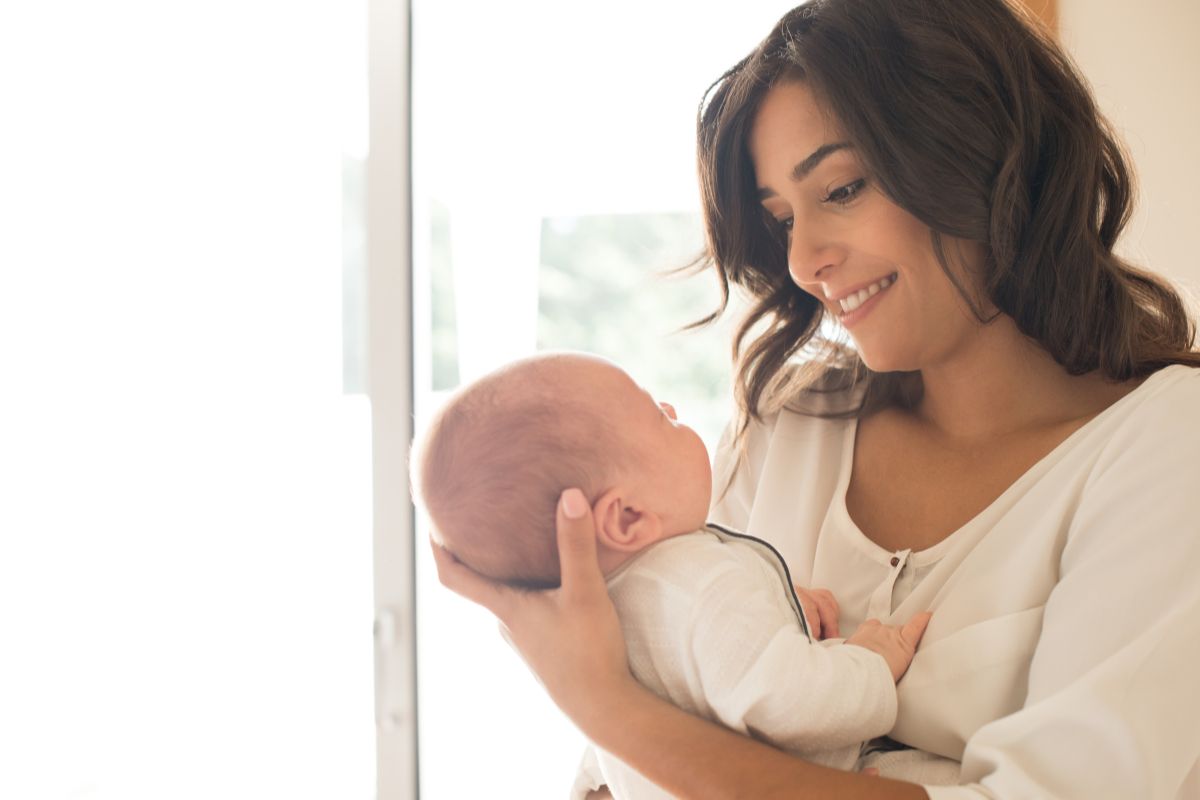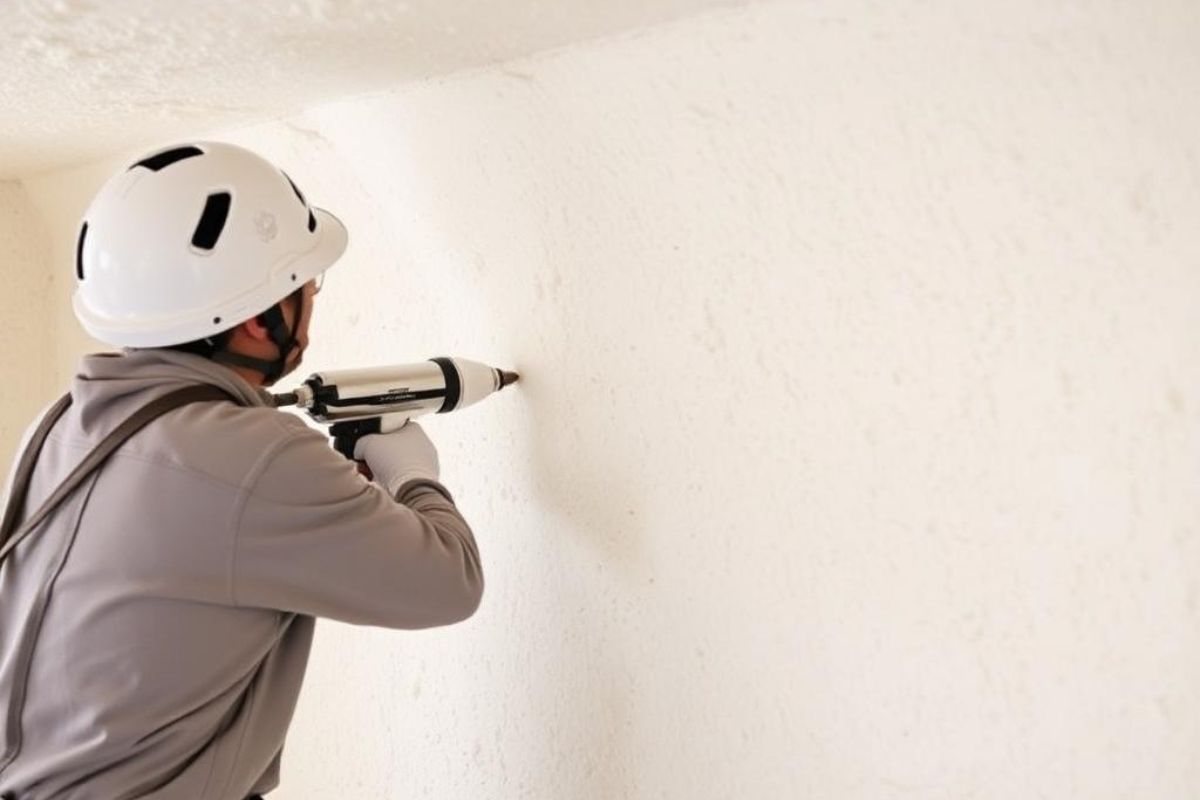Challenges Faced in Raising a Baby in a Tiny Home
There are special difficulties associated with raising a child in a compact dwelling, mostly because of the cramped living quarters. It might be challenging to keep all the baby necessities, including a changing table, cot, and clothing, due to a lack of space.
Consider the example of Angela Yarber, who writes about her experience in an Independent article. She states that living in a tiny home was amazing until they had a toddler. The couple had no issues sharing a small bed, which suddenly started feeling very small for the three of them.
Every object in a tiny area must be carefully chosen, and it becomes more important to discover foldable or multipurpose goods. However, as the baby develops and adds more possessions, it might still feel crowded even with the best use of available space.
Due to the thin walls and lack of soundproofing, noise is another problem with compact houses. Anybody else in the house might easily be disturbed by a crying infant, particularly if the living and sleeping spaces are close. It might be difficult to find a quiet time that works for the infant and the parents.
It may also be difficult to keep a tiny room secure and tidy. Babies investigate their environment by touching and placing objects in their mouths because they are inherently interested. Although there is less area to baby-proof in a compact house, there are still more potential risks nearby. Little dwellings are prone to clutter, so maintaining order and safety needs ongoing work.
.png)
All these challenges can impact the mental health of new or soon-to-be mothers. If that's the case, it is advised to seek professional help for some guidance. With a toddler in a tiny house, if your mental health deteriorates, too, it will be a hassle.
You can seek help from a midwife expert who is experienced in handling pregnancy issues and can also guide you. These are the experts who deal with pregnancy, childbirth, and postpartum health. They will have the right education to help you determine how you can raise a toddler in a tiny house without getting stressed.
They can also help you take care of the common problems you may face during pregnancy. For example, swollen ankles are something almost every woman faces when pregnant. According to Let's Talk Birth and Baby, midwife experts can show you and teach you different foot massage techniques to reduce swelling. They can apply techniques like gentle strokes, thumb pressure, ankle rotation, and other kinds of foot massages.
Prioritize Multi-Functional Furniture
Tiny homes have become a growing trend in the US. In fact, even the sizes of standard homes have been shrinking over the past years. As noted in a CNBC article, the median size of new homes under construction in 2023 was 2,179 square feet. This was the smallest size in the past 13 years. Multi-functional furniture is needed to ensure that you use all the space you have.
Every item of furniture in a compact house should have more than one use. Purchasing multipurpose things allows you to maximize the space you have available. Think about changing tables with built-in storage, cribs that become toddler beds, or ottomans that serve as toy chests. You may avoid having to purchase new furniture as your child grows by choosing items that can be adjusted as your infant grows.
For instance, choose a crib with built-in drawers below rather than a typical one. There is no need for separate storage solutions because this additional space may house toys, blankets, or even baby clothing.
The same thing goes for plumbing essentials, too. You should install plumbing products in ways that don't take up too much space. Consider the example of hydrants, which are essential to install if you are living in a fire-prone area.
According to PRIER Products, you can use narrow wall hydrants for space efficiency. These hydrants are built for interior walls and do not take up a lot of space in your tiny house. Moreover, these systems don't require any special tools, which makes them ideal for quick installation.
Embrace Vertical Space
Although there isn't much floor space in a little house, the walls are useful real estate. Utilizing vertical space is important to keeping a neat and orderly space. Everything from diapers and clothes to baby books and toys may be kept in wall-mounted shelving units. You may store things above the ground but still have easy access to them with the aid of wall-mounted baskets and hooks.
.png)
Incorporate a pegboard into the main living space or your baby's room. Because of its adaptability and customization, pegboards let you rearrange objects as needed. You may hang baby clothing, ornamental things, or even little boxes for infant essentials. By making this use of vertical space, the floor area remains uncluttered and gives the impression that the home is larger.
Streamline Your Baby Gear
The sheer amount of baby goods on the market might be overwhelming for someone living in a compact house. Due to the high demand and a vast range of baby products, it is a fast-growing market. According to Future Business Insights, North America is the second-fastest growing baby product market worldwide. From car seats, strollers, and baby monitors to safety gates, the list of products is endless.
However, not every device or account is required. Keeping your home manageable and reducing clutter may be achieved by simplifying your baby gear to just the necessities.
Start with the necessities, such as a secure place to sleep, supplies for feeding, a location for changing diapers, and a few clothes. Defy the impulse to purchase every baby device that is offered to you. Rather, concentrate on things that will grow with your child or have numerous uses.
Think Ahead with Storage Solutions
In a compact house, storage is a continual source of worry, but you may manage it better if you prepare ahead. It's possible to design storage solutions that grow with your child by anticipating their demands as they do.
You can also opt for a rented storage space if one is available nearby and you have the budget for it. Thankfully, the cost of storage space rents has decreased since what it used to be two years ago. In March 2024, Americans were paying an average of $85.14 per month for renting storage. This is way less than the average of $108.58, which was the cost in 2022.
.png)
However, you can also focus on creating storage space within your tiny house as well. For instance, think about purchasing storage containers that may be placed beneath a bed or cot. Extra diapers, outdated clothing, or toys that aren't being used can all be stored in these containers.
Bins with labels make it easier to locate what you need immediately and save time sorting through everything. Keep only what's essential in the main storage space and replace your baby's current garments with the following size up when their wardrobe changes.
Make Safety a Priority
Every parent's number one priority is safety, but in a little house with limited room, it's very important. Every room of your house should be baby-proofed, including those that don't appear dangerous right away.
To avoid furniture from toppling over, make sure it is fastened to the walls and protect counters and tables' sharp edges. Use cordless window coverings, safety locks on cupboards and drawers, and anchors to keep furniture and appliances from toppling over.
Tiny rooms sometimes result in wires being more accessible to little hands, so use outlet covers and keep cords out of reach. Furthermore, make sure that any little objects, like coins or batteries, are safely stowed out of your baby's reach.





Share: